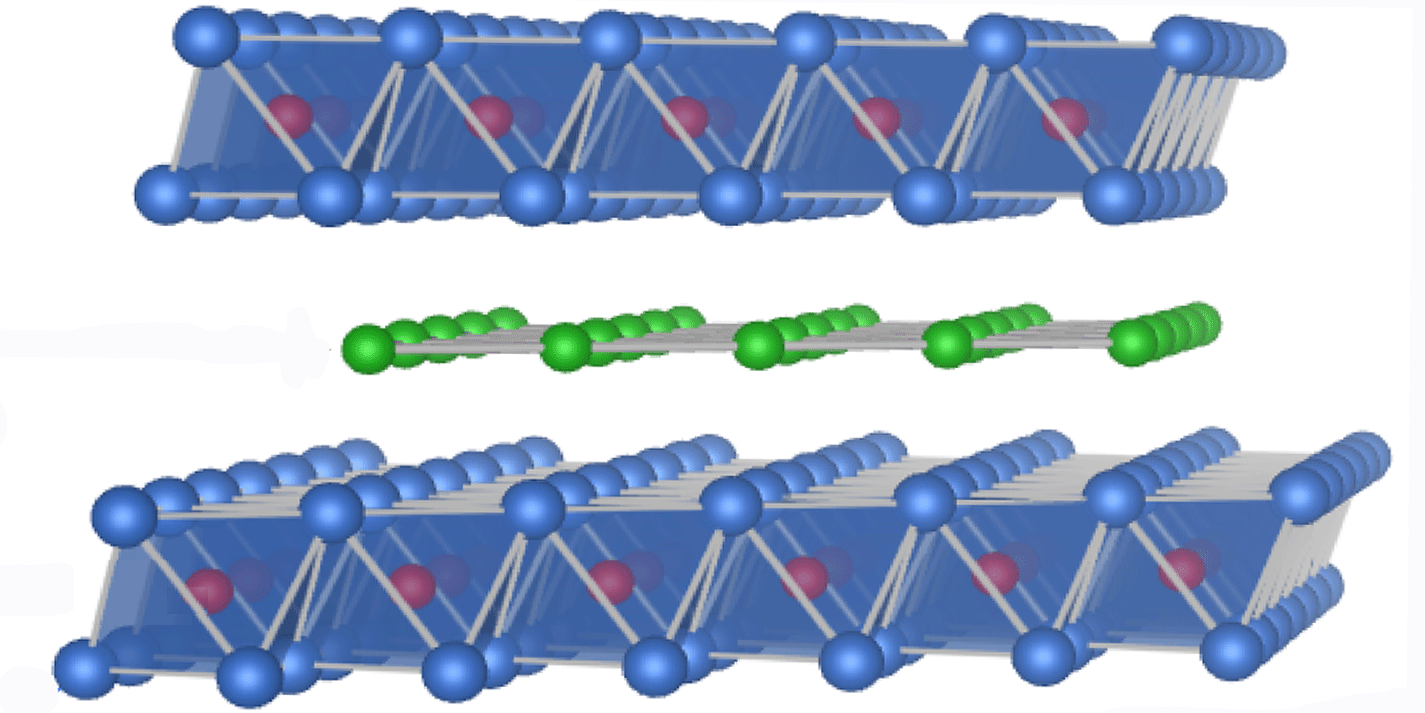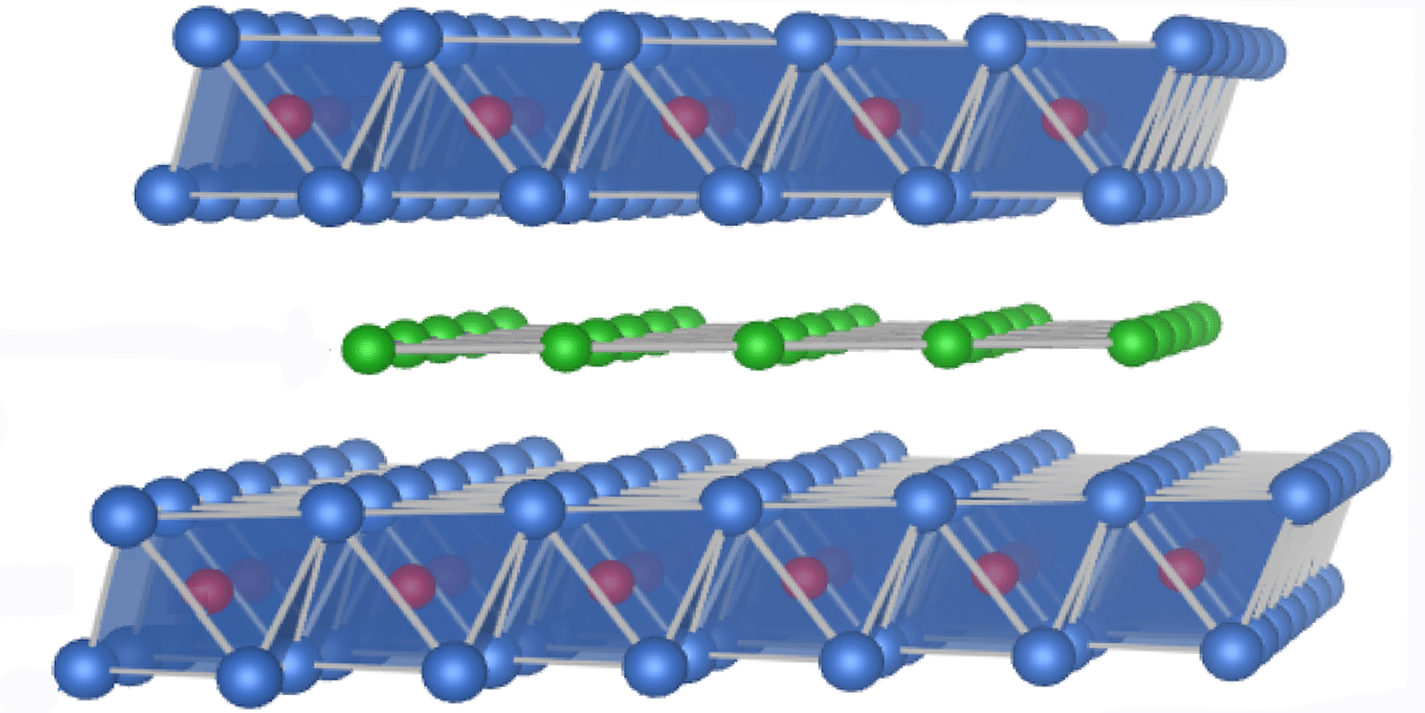The Solution
The discovery of giant magnetoresistance (GMR)—unusually large changes in electrical resistance of multilayered materials in a magnetic field—began as a fundamental study in the 1980s but revolutionized the technology of hard drive data storage. GMR’s large swings in resistance originate in the spin-dependent scattering of electrons flowing along or across thin, alternating layers of ferromagnetic and nonmagnetic materials. Depending on the details, GMR resistance changes can be about at room temperature.
Now, Hiroshi Takatsu of Tokyo Metropolitan University, Japan, and colleagues report in Physical Review Letters their discovery of a different sort of extreme magnetoresistive variation in a nonmagnetic material. Previously overlooked, this effect may lead to new types of magnetic sensors.
Takatsu et al. studied , a highly conductive nonmagnetic metallic oxide, but one that is intrinsically layered. They found a change in the material’s resistance when it was placed in a -tesla field and cooled to kelvin. The researchers attribute this change to the Lorentz force induced by the strong field that disrupts the motion of electrons trying to cross the layers. In essence, the electrons get trapped in orbital motions rather than contributing to current flow, as if a group of marathon runners started going in circles instead of striving for the finish line.
The authors speculate that the effect hasn’t been observed before because of the dearth of atomically spaced layered compounds with high carrier mobility. And while it remains to be seen if the effect can occur without requiring liquid helium cooling and immense external magnets, the result reveals a new avenue for exploring magnetoresistive materials. — David Voss





